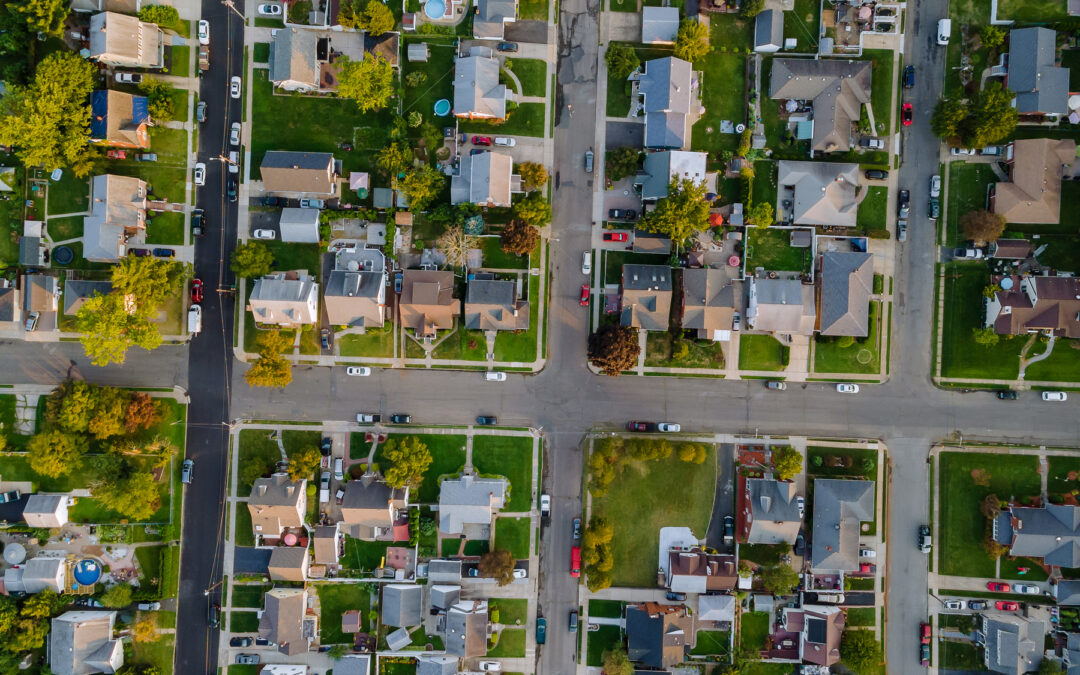The American economy, along with the rest of the world, has experienced significant economic turmoil over the last two years due to the effects of the pandemic and the commercial and social restrictions that have had to be put into place in order to curb the spread of COVID-19.
In the second quarter of 2021, the real estate market nationwide has seen significant growth as housing prices rise and sales increase in number. However, as much of this growth is related to factors as a result of the pandemic, the sustainability of this growth is yet to be determined. With various states continuing to attempt to delay or even prevent the negative economic effects of pandemic measures through the use of foreclosure moratoriums and stimulus payments, the future of the real estate market is more uncertain than ever.
In the short run, however, the US real estate market does appear to be booming, based on three major indicators discussed and analyzed below.
Median Closing Price
Through the second quarter of 2021, the average closing prices of houses sold continued to rise. The average closing price for this quarter was $358,633 across the nation, up by 13% compared to Q1 of 2021 and 19% from Q2 of 2020. This increase in the mean value of properties in the US signals that the real estate market across the country is growing significantly through the months.
This growth, however, is largely due to imbalances between supply and demand for housing, with demand vastly outstripping supply, resulting in demand-pull inflation of housing prices. This means that housing prices aren’t actually growing because American property is increasing in real value; rather, since the demand for houses is higher than what the supply of houses can keep up with, there are more people buying houses than there are houses to buy, leading to bidding wars and heightened prices.
As prices continue to increase, investors and homebuyers may be willing to spend even higher amounts of money on houses, leading to the rise of a housing bubble. Eventually, however, supply should reach an equilibrium with demand for houses as more and more house owners sell their houses to take advantage of rising prices, leading to housing prices lowering and normalizing once again.
Number of Houses Sold and Listed
However, if recent trends are anything to go by, the housing market shows no signs of supply reaching the level of demand for houses any time soon. While sales of houses in the US have begun to taper increase slightly, with 3,680,000 houses sold in Q2 of 2021 compared to 3,290,000 houses sold in Q1 of 2021, there are still fewer houses on the market than there usually is, a fact that becomes painfully obvious when you realize that 4,550,000 houses were sold in Q2 of 2020.
The number of houses sold is consistent with the number of houses listed per quarter, which has steadily been dwindling since the start of the pandemic. In Q2 of 2021, only 1,540,000 houses were listed for sale, down from 1,615,000. The difference is even more extreme when compared to the number of houses listed for sale in Q2 of 2020, during which 3,040,000 houses were listed for sale.
The economic uncertainty that the pandemic has brought has discouraged homeowners from selling their houses, while increased unemployment and prices of most goods have resulted in an even greater number of people trying to purchase more affordable housing. This imbalance of supply and demand has led to higher real estate prices across the country.
Median Days on Market
The demand for housing is more apparent in the way that the time house listings spend on the market has been dwindling over time as well. During the second quarter of 2021, houses spent an average of 40 days on the market, down from Q1 of 2021, when the average amount of days a listing spent on the market was 66. Demand for houses seems to be especially strong in Q2 of 2021, as the measure of days on market in Q2 of 2020 was 68, not that different from Q1 of 2021.
The way houses are being sold quicker in Q2 of 2021 is another indication of the growing demand for houses in the US right now. With the limited supply of houses at current, housing prices should be expected to increase even more in the short term, going into Q3 and Q4 of 2021.
Conclusion
In the short run, however, housing prices are continuing to trend up through Q2 of 2021 with no indication that they’ll slow down by the third or even fourth quarter of the year. Although potential buyers should be cautious about rising housing bubbles across the country, short-term investments should be safe. Additionally, any homebuyers who need to purchase a house immediately should do so as soon as possible, as prices should only rise even more in the near future.


Recent Comments